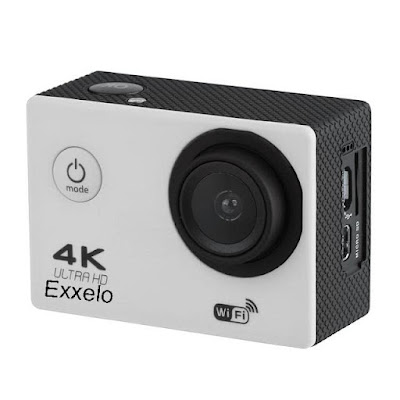- Get link
- Other Apps
- Get link
- Other Apps
In the field of visual recording devices, the terms "camcorder" and "video camera" are often used interchangeably, leading to confusion regarding their differences and functionality. While both devices serve the primary purpose of capturing video footage, they have different features and characteristics that cater to different user needs and preferences. Let's take an in-depth look at the differences between webcams and video cameras to gain a clear understanding of their respective roles in the world of videography.
Camcorder: A Comprehensive Recording Solution
Camcorder, short for camera recorder, is a portable electronic device specifically designed to record video and audio content. It integrates both video cameras and audio recording capabilities into a single unit, providing users with a comprehensive solution for capturing moving images with sound. Camcorders are usually equipped with built-in microphones, optical zoom lenses, and various recording modes to facilitate seamless video production.
Video camera: versatility and flexibility
On the other hand, a video camera refers to a wide category of devices primarily designed to capture video footage. Unlike video cameras, video cameras may not always include built-in audio recording capabilities or other features typically found in dedicated webcams. Video cameras come in a variety of forms and configurations, ranging from professional-grade webcams to DSLRs and mirror less cameras equipped with video recording capabilities.
Main Differences Between Camcorders and Video Cameras
- Form factor and design: Camcorders are generally compact and lightweight, with an all-in-one design optimized for handheld operation. In contrast, video cameras come in a variety of shapes and sizes, including handheld webcams, shoulder-mounted rigs, and interchangeable lens systems.
- Functionality and Features: Camcorders are designed for video recording and often prioritize ease of use and convenience. They may offer features like built-in image stabilization, automatic exposure controls, and intuitive user interface. Video cameras, on the other hand, may offer more advanced functionality suitable for professional videography, including interchangeable lenses, manual controls, and external microphone input.
- Audio Recording: While video cameras are equipped with built-in microphones to capture audio, video cameras may require an external microphone or audio recording device for optimal sound quality. Professional video cameras offer greater flexibility in audio recording options, allowing users to connect external microphones, mixers, and audio accessories as needed.
- Portability and mobility: Camcorders are designed for recording on the go, making them ideal for travel, events, and documentary filmmaking. Their compact size and integrated design make them easy to carry and operate in various shooting environments. Video cameras, especially professional-grade models, may require additional accessories and accessories, which may affect portability and mobility.
Choosing the Right Tool for the Job
While webcams and video cameras share the common goal of capturing video footage, they differ in terms of design, functionality, and intended use. Camcorders provide a convenient and user-friendly solution for everyday videography and casual recording tasks, while video cameras cater to a broad spectrum of applications from amateur filmmaking to professional videography and cinematography.
When choosing between a webcam and a video camera, consider factors such as portability, features, audio recording capabilities, and intended use case. Whether you're documenting family gatherings, shooting documentaries, or pursuing professional filmmaking endeavors, choosing the right equipment for the job ensures optimal results and enhances your overall videography experience.
- Get link
- Other Apps


Comments
Post a Comment